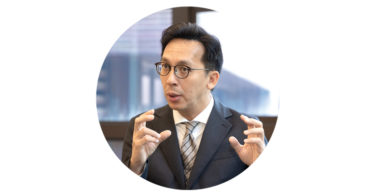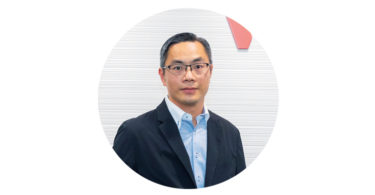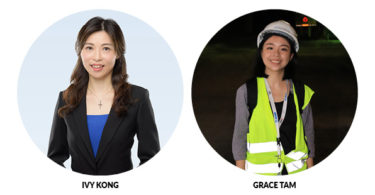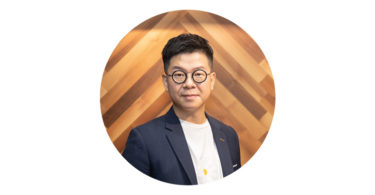Rex Wong is President of American Institute of Architects Hong Kong Chapter (AIA HK), Managing Director of Yan Concept and Noble House Development, as well as Executive Director & Deputy CEO of Kum Shing Group.
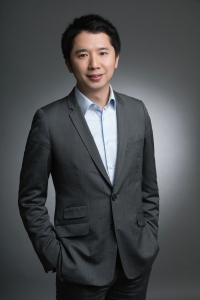 Rex Wong has extensive experience in project management, property development, architectural practice and corporate management. He holds Bachelor of Architecture and Bachelor of Fine Arts degrees from Rhode Island School of Design, a Master of Science degree in Architecture and Urban Design from Columbia University, and is a Registered Architect in the United States (US). He is also recognised as a Leadership in Energy and Environmental Design Accredited Professional (LEED AP) by the US Green Building Council and Building Environmental Assessment Method Professional (BEAM Pro) by the Hong Kong Green Building Council.
Rex Wong has extensive experience in project management, property development, architectural practice and corporate management. He holds Bachelor of Architecture and Bachelor of Fine Arts degrees from Rhode Island School of Design, a Master of Science degree in Architecture and Urban Design from Columbia University, and is a Registered Architect in the United States (US). He is also recognised as a Leadership in Energy and Environmental Design Accredited Professional (LEED AP) by the US Green Building Council and Building Environmental Assessment Method Professional (BEAM Pro) by the Hong Kong Green Building Council.
Wong joined Kum Shing Group, Hong Kong’s power and energy infrastructure builder, as Project Manager in 2008. He led the group’s business development in the Mainland since 2009 and was promoted to Deputy Chief Executive Officer in 2015. He is also executive director of the various subsidiaries and third-generation operator of the family-owned business group. In recognition of his success and contribution to the City of Dongguan, he was honoured as an Outstanding Young Entrepreneur in 2014 and Honorary Citizen in 2016.
In addition to his professional life, Wong serves on several government boards and committees and is actively involved with community services at the local and regional levels. He is currently the President of the American Institute of Architects Hong Kong Chapter (AIA HK), Council Member of the Hong Kong Construction Association and Examiner of the Hong Kong Management Association Quality Award. He is also a Member of Hong Kong Government’s Antiquities Advisory Board, Appeal Panel (Housing) and Chairperson of the Construction Workers Qualifications Board.
Wong served as a Part-time Member of the Central Policy Unit of Hong Kong Government during 2011 and 2012, and is currently a Member of the Chinese People’s Political Consultative Conference’s Guangzhou Committee and Vice Chairman of the Shanxi Youth Federation. He is also frequently involved in academia as a guest lecturer for universities in Hong Kong, Taiwan and Mainland China.
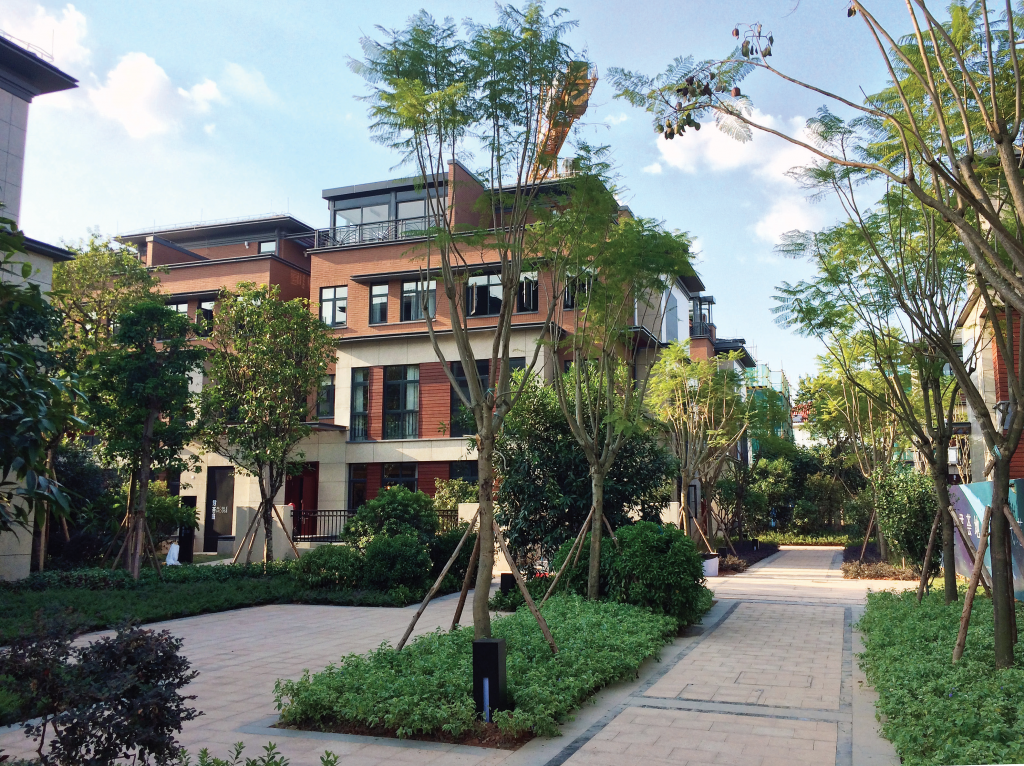
In keeping with the spirit of pioneering, Rex Wong used his extensive experience to develop the villa project of Noble House
What are the major differences between the architecture industries in the US and Hong Kong?
While the basic professional education, training and examination requirements to become an architect are similar in the US and Hong Kong, professional registration and practice are quite different. In Hong Kong, if a registered architect wants to ‘stamp’ or ‘sign-off’ on construction documents to be submitted to the government, he or she will have to take an additional examination to acquire the qualification as an Authorized Person. In the US, upon becoming a registered architect in any jurisdiction, such as a state, the architect can automatically perform the same functions. There are more than 50 jurisdictions in the US and each has different requirements for acquiring registration.
Also, the US consists of large amount of territories on the main continent and overseas. Architects practising in different regions are exposed to a wide range of climatic and geographical conditions. For example, an architecture firm with offices and projects in New York, California and Florida will require experiences in dealing with snow, earthquakes and hurricanes. While Hong Kong only has limited territories and conditions, local architecture firms are keen to expand their professional services to overseas, especially with China’s Belt and Road Initiative. As the target countries span a tremendous amount of geographical areas and projects, there are certainly potential areas of collaboration for US and Hong Kong architects to work together.

Rex Wong led the Kum Shing Group’s business development in the Mainland since 2009 and founded the Noble House Development. In October 2017, Noble House unveiled its first residential project in Pearl River Delta
What are the roles of AIA in Hong Kong’s architecture industry?
AIA Hong Kong is one of the more than 300 components of AIA and its first outpost in the Asia-Pacific established 20 years ago. The mission of AIA Hong Kong is to uphold a high standard of design, education and professional practice among its members, as well as to promote the importance of architecture in society. In addition, AIA Hong Kong helps to foster stronger ties between AIA and other professional architectural organisations in Asia, such as the Hong Kong Institute of Architects (HKIA) and the Architectural Society of China (ASC), among others.
Every year, we have carefully curated a series of programmes according to our mission and have attracted not only our members, but also those in Hong Kong’s architecture industry and related stakeholders to attend. Also, our annual Honours and Awards programme aims to promote our members’ contribution to the local built environment through recognising their design excellence. In addition, AIA Hong Kong functions as an important bridge linking US and Hong Kong’s architecture professionals and academics. Each year, we invite a number of high-profile leaders from the US and around the world to Hong Kong, enriching the local architecture discourse.
Over the past 20 years, some of AIA Hong Kong’s past presidents are also prominent figures in Hong Kong’s architecture industry. Some of them have served as the deans of local architecture schools, while others have served as presidents of the HKIA. Our members continue to play an active role in the local architectural industry today.
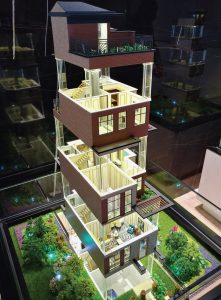
Noble House stands out as a new exemplar of residences in Dongguan, Guangdong
You have been elected as the President of AIA Hong Kong one year ago. Could you summarise some significant works of AIA in 2017?
This is a special year for AIA Hong Kong as it marks our 20th anniversary. It is also the first time for a young architect to be elected as the president of AIA Hong Kong. The definition of young is not due to age, but being registered as an architect in the US for less than 10 years. I became a registered architect in Florida nine years ago. Therefore, I am still considered as a young architect today. I think our members generally support the younger generation to take up greater responsibility for leading the chapter and the profession. While we have accomplished a lot this year, I would like to highlight specifically two programmes because they carry special meaning.
Firstly, we have organised a field trip to three cities in the Pearl River Delta, now coined the Greater Bay Area, to experience projects and exchange with officials and practitioners there. The purpose of the eventful trip to visit the cities of Shenzhen, Guangzhou and Zhuhai was to provide an opportunity for our members to explore opportunities to practise and form collaborations. With growing demand for sophistication in quality living, the region provides ample opportunity for Hong Kong-based design practices. Also, with the establishment of AIA Shanghai a few years ago, it makes sense for AIA Hong Kong to invest greater attention to this part of the Mainland.
Secondly, we have organised a high-profile international architecture symposium. Eight leading architecture educators and practitioners from the US, Canada, Hong Kong and Mainland China gathered in Hong Kong to explore the current and future trends of the profession. This is an important programme as it highlights our original mission to promote a high standard of design, education and professional practice through bringing together thought leaders from around the world. In the well-attended event, stimulating exchanges between the guest speakers as well as with the audience have left a strong impression on many practising and emerging architects.
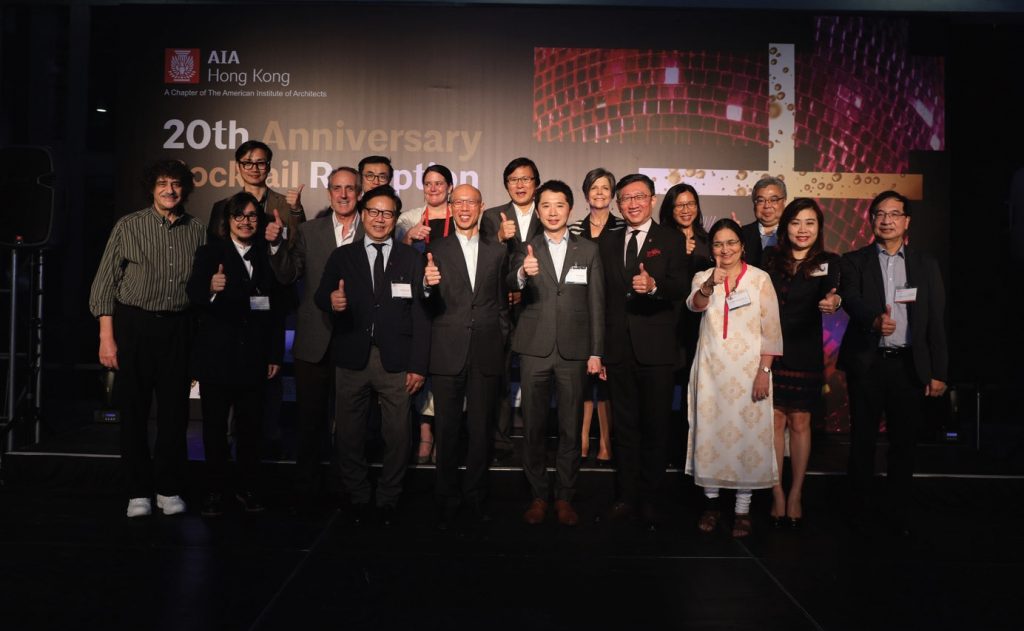
The AIA Hong Kong 20th Anniversary Cocktail Reception was the highlight of the year for AIA Hong Kong members, with Wong Kam-sing, GBS, JP, Secretary for the Environment Bureau, HKSAR (fourth from left, front row) as the guest of honour of the event
In addition, I would like to highlight two areas of accomplishment in 2017. When we look at the attendance of events, we find that the number of non-members has increased significantly, forming nearly half of the total attendance. These are local professionals, graduates and students that can potentially become our members. It shows that our programmes are generally attractive to these targeted stakeholder group as well as the interested public. Another area that I hope to highlight is our attempt to digitalise the chapter’s management processes. From the introduction of paperless submission for our design award programme to making available digital payment options, my team and I have worked hard to make sure that we are catching up to the technology of the day.
Finally, we have a social media campaign that started this year. We have more people visiting our website than ever. One of the top referrals is from our Facebook page. You can see that the visitors to our website have increased by 66 per cent compared to last year. We want to utilise the social media to promote our mission further in the near future.

 Malaysia
Malaysia Singapore
Singapore Indonesia
Indonesia Tiếng Việt
Tiếng Việt ประเทศไทย
ประเทศไทย





